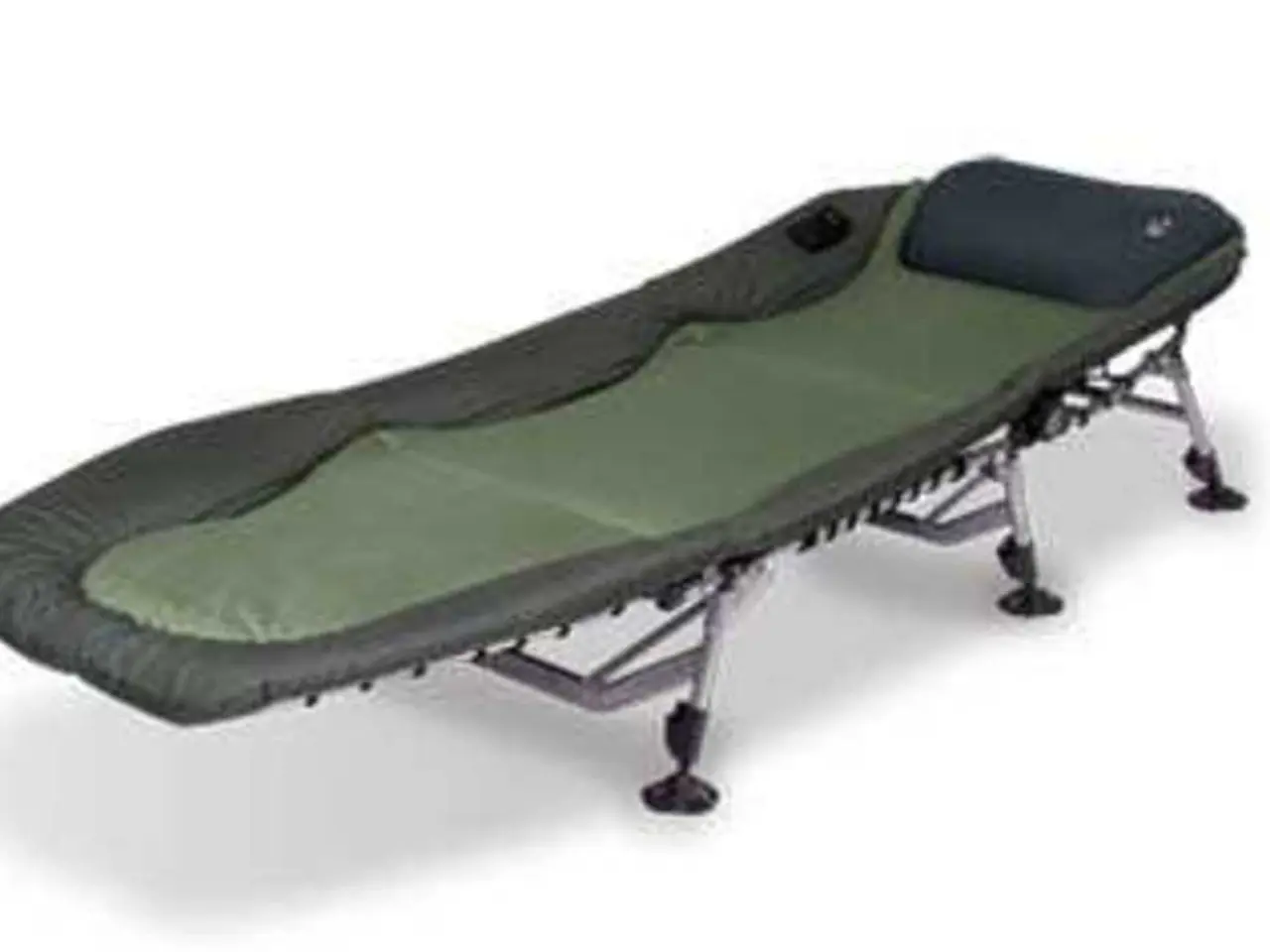Expanded glute stretches for potential mobility enhancement
Stretching the glutes can be a powerful tool for maintaining flexibility, mobility, and reducing muscle tightness in the lower body. Here are some exercises that can help, along with safety tips to ensure a comfortable and effective workout.
Glute Stretching Exercises
- Glute Bridges: This exercise targets the glute max and improves hip mobility. Lie on your back with knees bent and feet flat. Lift your hips by squeezing your glutes, hold, then lower.
- Step-ups: Stepping onto an elevated surface while engaging the glutes helps improve hip mobility and lengthens hip muscles.
- Upper Body Rotations with Hip Movement: These dynamic stretches lengthen muscles around the hips and enhance mobility.
- Dynamic Leg Movements: Gentle leg swings or hip circles increase blood flow and help reduce tightness before more intense workouts.
- Curtsy Lunges: Cross one leg behind the other and squat to stretch and activate glutes and hip muscles dynamically.
- Cable Leg Extensions (Leg Kickbacks): Using resistance to extend the leg backward isolates and stretches the glute muscles.
Yoga Poses for Glute Stretching
Yoga practices also include a variety of glute stretches. The Downward Facing Dog, for instance, stretches the glutes, hamstrings, and lower back. The Standing Figure Four improves balance and works the glutes.
Safety Tips
- Begin with a gentle warm-up to increase blood flow before stretching, which helps prevent injury.
- When doing static stretches, hold positions for 20–30 seconds without bouncing to avoid muscle strain.
- Avoid forcing a stretch beyond comfortable limits; pain signals potential injury.
- Maintain proper form, such as keeping the spine neutral during bridges or lunges to protect the lower back.
- Progress gradually from dynamic to static stretches to prepare muscles effectively.
- Use support or balance aids if needed during unilateral movements like single-leg hip thrusts or curtsy lunges to prevent falls.
The Arthritis Foundation advises people with arthritis to use stretching exercises to lubricate the joints and maintain range of motion. Knee-to-chest stretches and the Seated Twist, for example, work the glutes while also stretching the spine and lower back. The Seated Figure Four is another seated variation that stretches the glutes effectively.
Fitting in short stretching sessions at other times of the day is another option for maintaining flexibility and mobility. Whether you're preparing for a run, strength training, or simply looking to reduce muscle stiffness, these exercises can help you achieve your goals safely and effectively.
- Stretching glutes, as part of a health-and-wellness routine, can be particularly beneficial for individuals with rheumatoid arthritis to maintain joint lubrication and flexibility.
- The glute bridges exercise in a fitness-and-exercise routine can help manage obesity by targeting and strengthening the glute max, thus contributing to weight management.
- Incorporating science-backed stretching exercises such as the curtsy lunges into your fitness rehabilitation regimen can lead to improved hip mobility and overall fitness.
- Aside from post-workout, embracing a lifestyle focused on regular short stretching sessions throughout the day can foster continuous health-and-wellness benefits, promoting flexibility, mobility, and reducing muscle tightness.




